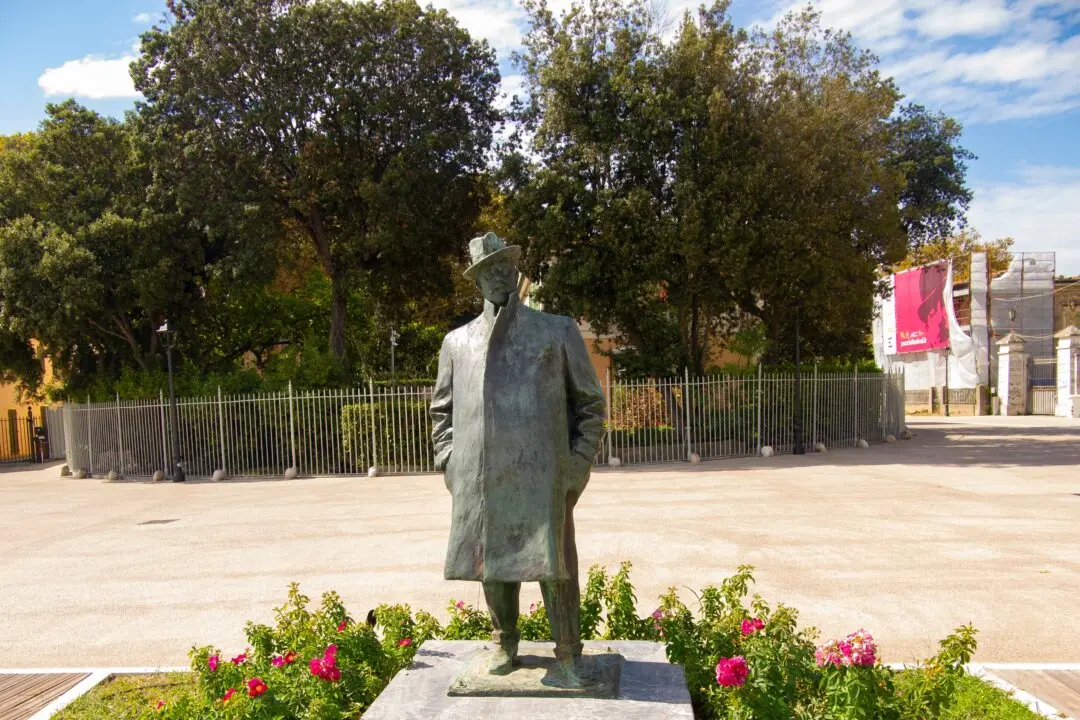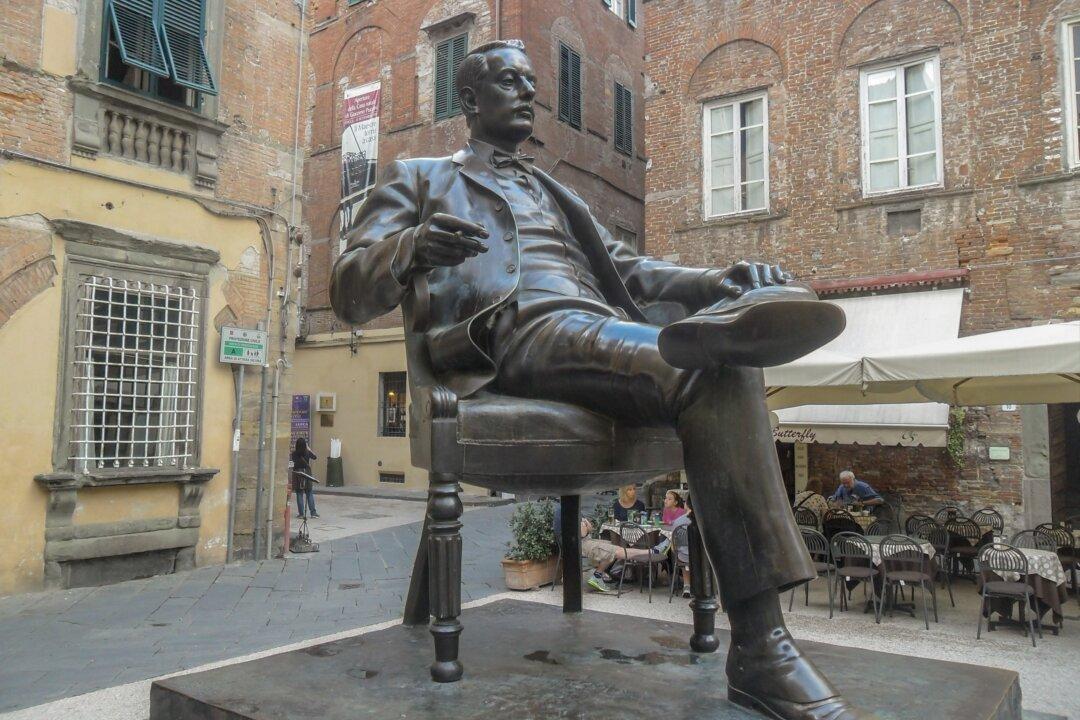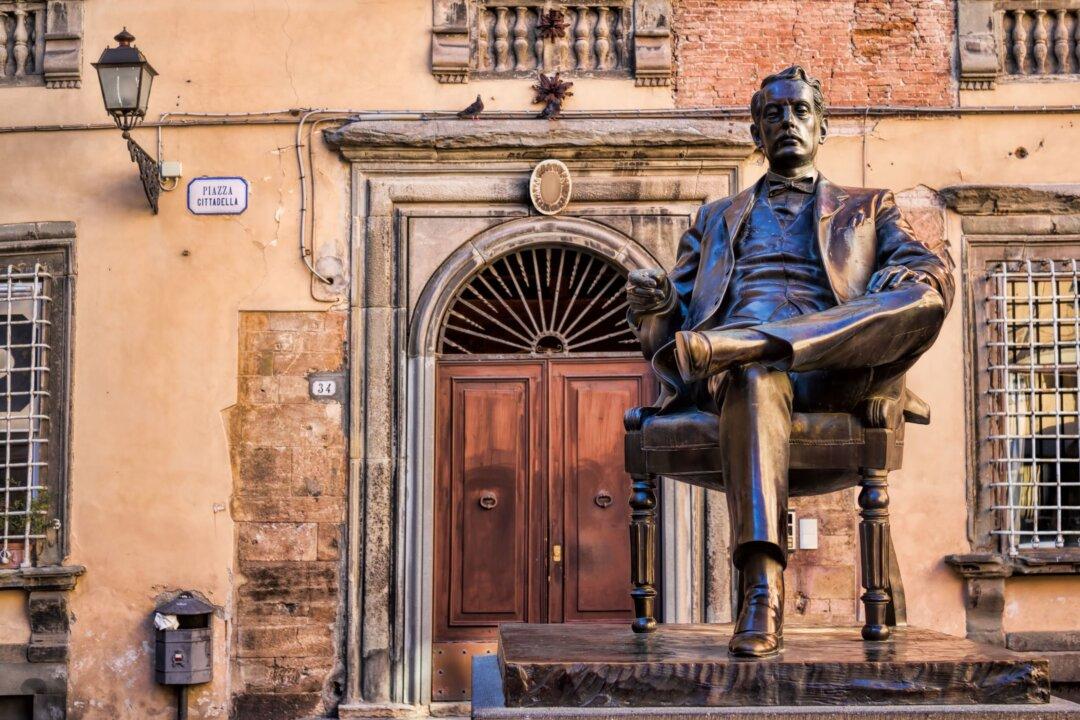Commentary
A saloon in an 1850s California gold mining town called Cloudy sounds like a great setting for an old Western, maybe starring John Wayne. It certainly doesn’t sound like the setting for an Italian grand opera by Puccini. Nevertheless, this is the setting for Giacomo Puccini’s 1910 opera “La Fanciulla del West,” which means “The Girl of the West.” The title is sometimes translated as “The Girl of the Golden West,” because that was the name of the 1905 David Belasco play on which it was based. This unlikely opera was the first work to make its world premiere at the Metropolitan Opera, starring Enrico Caruso as the lead tenor with conductor Arturo Toscanini. It was a huge success upon its New York debut, but it’s received mixed reviews since then because of its inconsistent and very Italianate depiction of the United States. Despite this, the story inspired several classic films, the latest of which was a 1938 musical starring Jeanette MacDonald and Nelson Eddy.





